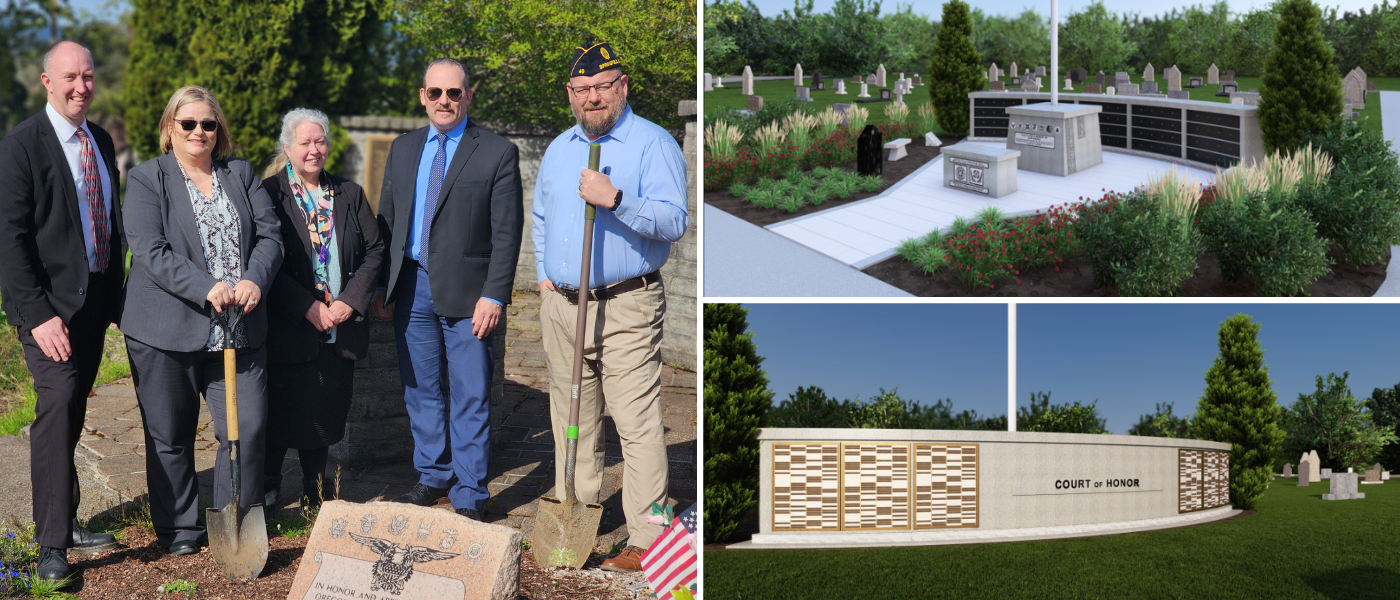Do Enough Funeral Professionals Speak Spanish?
The mariachi band filed onstage, stopping beside the ceremony’s centerpiece: a candle-flanked coffin on display before an audience of funeral experts.
The annual service is also a chance for funeral directors to learn about funeral traditions of specific cultures. This year, the focus was on Mexico, where mourners incorporate food into the grieving process, hold an extended visitation and bring children to services.
“One of the hallmarks of our industry is the opportunity to learn about cultures other than your own,” said Michael Watkins, senior vice president of the 19,000-member organization, which is based in Wisconsin.
Indeed, for many of the funeral directors at the convention, which ended Wednesday, Hispanic culture was not their own.
Just 5 percent of the 1,589 United States mortuary school graduates in 2012 were Hispanic, according to the American Board of Funeral Service Education. By contrast, 17 percent of Americans are Hispanic.
“The growth in the Hispanic population over all and the underrepresentation of Hispanics in the profession means there are super opportunities for Hispanics,” said Michael Smith, executive director of the education board.
The situation is somewhat different in Texas. At the Dallas Institute of Funeral Service, one of the state’s four mortuary schools, 17 percent of the 2012 graduates were Hispanic, according to the school. But even in Texas, where 38 percent of residents are Hispanic, Latinos are underrepresented.
“In the Latino community, one of the things we don’t tell our children is, ‘You should grow up to be a funeral director,’ ” said Francisco Solis, a mortuary science professor at San Antonio College and the first Hispanic president of the national education board.
Mr. Solis said he regularly fielded inquiries from funeral homes across the country seeking Spanish-speaking graduates. He said it was not necessary for a funeral director to be Latino to serve Latino families.
“But you do have to have an awareness of the culture,” he said. “A family is really looking not to have to explain their culture at the time of a funeral.”
Hispanic traditions vary depending on the county of origin. And even Hispanic students may be unfamiliar with traditions because of generational differences, said Felix Gonzales, chairman of San Antonio College’s mortuary science department. He said he had recently told a class that after a death, many Hispanic families cover mirrors and avoid turning on the television.
“My Hispanic students were like: ‘What? I’ve never heard of that,’ ” said Mr. Gonzales, 66.
Mr. Watkins said that when he entered mortuary school in 1983, the typical student was a white male. That has evolved, but the demographics of funeral home ownership mostly have not, he said. Few funeral homes are owned by Hispanics, Mr. Solis said.
One exception is Memorial Funeral Home in the Rio Grande Valley. Jason De Leon, 25, is a third-generation funeral director. “I would not have thought of it if I was not in this family,” he said of his field.
At the sprawling convention, funeral directors saw coffins with Texas Rangers logos, synthetic gemstones made from ashes, sleek new hearses and biodegradable urns for water burials.
One visitor, Joel Roldan, 25, a Mexican-American funeral director from El Paso, said that as a child he would see hearses and wonder where they were going.
“I always wanted to work with dead people,” he said.
[via: NYtimes.com]




